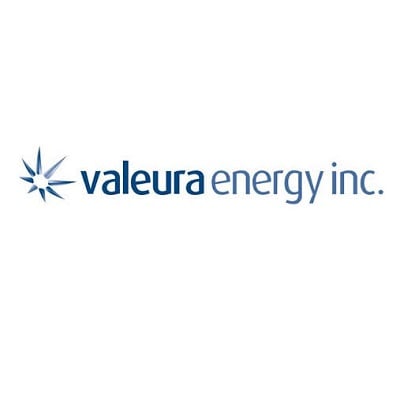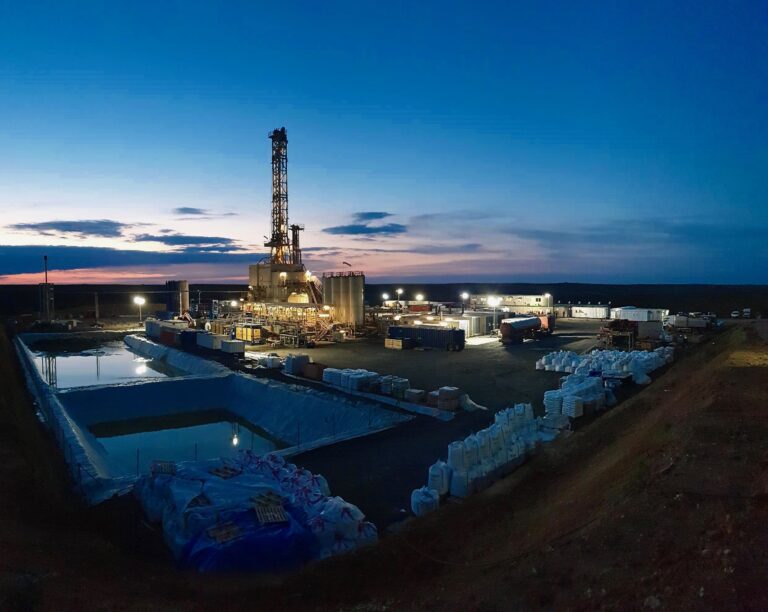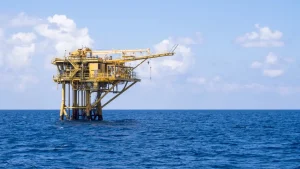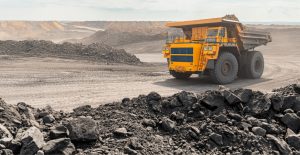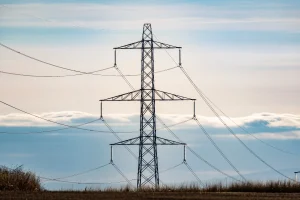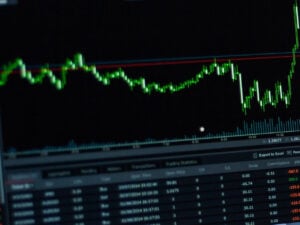Under the hum of servers and beyond the glow of screens, a crucial competition is unfolding—one that hinges not on algorithms alone but on the quiet consistency of supply lines buried beneath our feet. As data centres proliferate and computational power multiplies, the unseen backbone that will determine winners and losers is not silicon or code but the molecule that has long sustained industry: natural gas.
From Houston boardrooms to global trading floors, investors are waking to a paradox. Just as artificial intelligence promises to reshape economies, it also threatens grid stability with its ravenous appetite for electricity. Conventional wisdom lauds renewables and batteries as the future, yet it is the immediacy and resilience of natural gas that will underwrite the next wave of innovation. In a world where a single unplanned outage can cost a data centre six figures in minutes, the margin for error is vanishingly small, and it is here that natural gas distinguishes itself.
Over the past decade, more than twenty-one thousand firms have adopted natural gas to power critical operations, trimming energy bills by over half a trillion dollars for industrial and commercial users. Such savings translate directly into margin enhancement and risk mitigation, an attractive proposition for long-term allocators. Unlike intermittent sources, natural gas networks report an outage rate so low that only one in six hundred and fifty customers might face a disruption each year. For enterprises deploying AI models that run around the clock, that reliability is worth its weight in gold.
Meanwhile, the global market is undergoing its own transformation. After growth in consumption eased to roughly 1.3% in 2025 amid softer flows from traditional pipelines and modest liquefied natural gas output, the outlook for 2026 tells a different story. New LNG ventures in North America and the Middle East are set to boost supply by nearly seven per cent, the largest influx since before the last decade’s energy crunch. That additional capacity will unlock fresh demand in Asia, where price-sensitive markets have otherwise balked at higher bills. The result is an anticipated rebound to nearly two per cent annual growth in gas usage, underscoring the fuel’s enduring role as a balancing asset in grids rich with wind and solar.
This dynamic presents a two-fold opportunity for astute investors. First, exposure to companies expanding pipeline and export infrastructure can capture the upside of surging trade flows, particularly as the United States reinforces its position as a dominant LNG supplier alongside Canada and Qatar. Second, integrating AI itself into exploration and distribution will drive a virtuous cycle: machine-learning models can streamline drilling, pre-empt maintenance and optimise flows, cutting downtime and emissions simultaneously. Such innovations hint at an energy sector on the cusp of its own digital revolution, one that enhances both environmental credentials and shareholder returns.
Policy shifts are equally pivotal. Despite the clear economic and security benefits, permitting bottlenecks at federal and state levels threaten to stall critical upgrades. Reform advocates argue that streamlining approvals for pipelines and power plants is as vital to national competitiveness as investing in data-centre capacity. After all, every terawatt-hour consumed by AI workloads must originate somewhere, and delays in infrastructure translate into higher prices and constrained growth. With Congress now weighing proposals to accelerate reviews and bolster grid resilience, momentum appears to be shifting in favour of pragmatic balance rather than ideological purity.
Environmental considerations, too, are recalibrating investor sentiment. Natural gas has been responsible for roughly three-fifths of carbon reductions in the power sector since the mid-2000s, displacing heavier fuels and enabling smoother integration of renewables. Further advances in renewable natural gas, alongside blending trials with hydrogen, promise to lower lifecycle emissions even further. For sustainable-mandate funds, this evolution offers a pathway to support robust returns while aligning with decarbonisation goals.
Valeura Energy Inc (TSX:VLE) is an upstream oil & gas company, with a clear strategy to add value for shareholders. The Company has a strong balance sheet positioning it for potential inorganic growth opportunities in the near/medium-term, and substantial longer-term upside potential through an operated deep, tight gas play.


